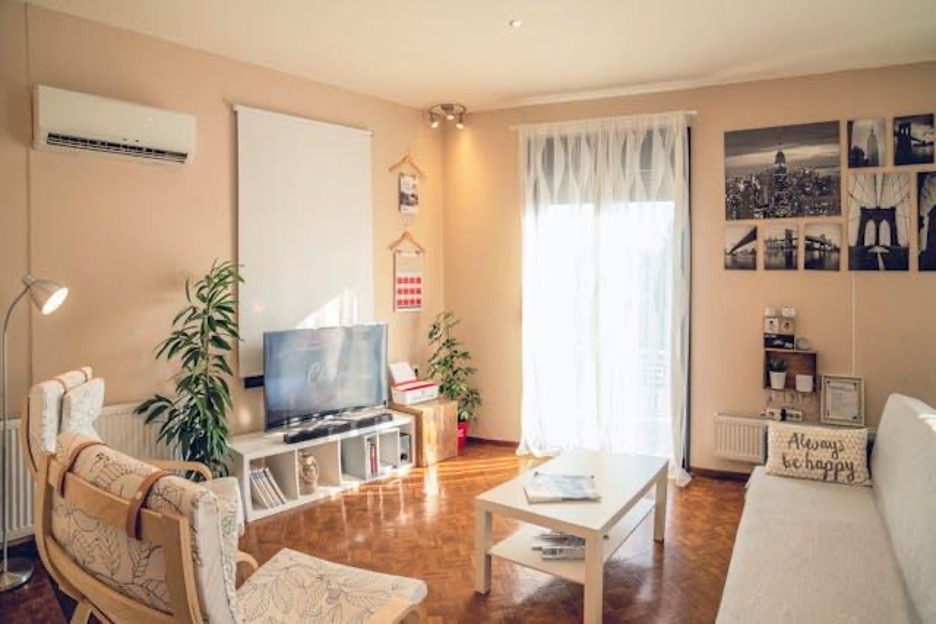

College students can understand how quickly life can change, especially when it comes to housing. Unfortunately, most housing options involve long-term leases that can range anywhere from six months to an entire year. Longer leases can pose multiple problems for student renters, especially those who have plans to study abroad for a term or be gone for the entirety of their summer break.
Leases will hold you legally liable for paying rent for an apartment, even if you don’t step foot into the space while you are away. Subletting can be a solution for many students but is something that should be done right with legal and financial considerations taken into account.

Understanding a sublease
A sublease is when an existing tenant re-rents to a new third party during their existing lease agreement. It is vital to check your current lease agreement to see if it allows sublets as some rental properties ban the practice entirely. If you were to proceed with a sublet in a situation where the lease agreement bans it, you run the risk of having your lease agreement voided.
If the lease agreement allows subletting, be sure to see any additional terms that it outlines, such as additional fees, conditions, or limitations on a sublet.
In many situations, the existing tenant is still liable for the lease agreement terms even while subletting, which includes making sure rent is paid in full on time and that the property is kept in good condition.
Sublease agreements – don’t skip them
You may think it could be fairly easy to just discuss leasing terms, house rules, and rent payments with a subtenant and call it a day. Regardless of how well you know the subtenant, make sure there is a sublease agreement between you and the subtenant. An agreement will outline the terms and make future disputes easier to navigate in the event that something does go wrong.
Refer back to your landlord or property management for how they typically handle sublease agreements – they may already have pre-written documentation drawn up to use in sublet situations. While you are still liable for upholding the original leasing terms, the subtenant will still be liable to you under the sublet agreement. If your landlord requires potential subletters to fill out application forms just like any renter would, you may feel even more peace of mind knowing your subtenant was vetted just like any other renter.
Prioritize: Financial vs Trust
There are two key factors in a sublet – getting money back on rental loss and ensuring that your apartment is in safe hands. Unfortunately, you may not be getting two of these met in any given situation. In the summer months, for example, there may be a way higher population of sublets available as students leave for break and leave their apartments. This can make it even harder to find someone to sublet to, and you may find yourself in a situation where you are not getting your entire rent covered by a sublet.
Instead, you may consider negotiating rent to make your sublet more affordable and attractive. However, do be cautious of lowering rent substantially as it can attract anyone and everyone to your sublet. For example, in some sublet situations, the existing tenant may agree to prorate rent, cover some utilities, or leave the apartment furnished for the subtenant.
Whatever the case may be, make sure you consider the implications of whatever terms are in your sublet agreement. If you decide to leave your apartment furnished with your belongings, for example, you may run the risk of your belongings being damaged while away.
The easiest way to land a sublet is by asking around your social circle, but you may find your options running out fairly quickly. If you are subleasing to a near stranger, be sure to do your due diligence in screening them yourself, especially if your landlord doesn’t do any screening in sublet situations.
Pay attention to local laws
Depending on where you rent, your legal right to sublease may be affected by laws. Even if your current lease agreement bans subleasing, state and local laws can still allow renters to sublease depending on their conditions. These conditions can include rental property size and the subtenants’ qualifications (such as credit score).
Subletting may be an entirely new idea to you, but for many college students, it can solve a very big housing dilemma they face during their study abroad experience or regular semester breaks. As a student renter, you should consider legal and financial risks before you enter a sublet agreement for your rental property.



 Equal Housing Opportunity
Equal Housing Opportunity

